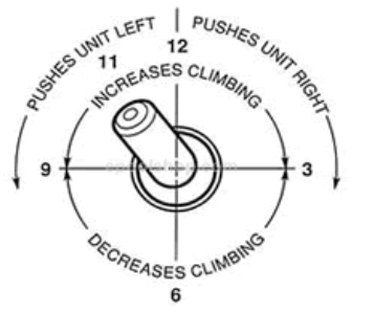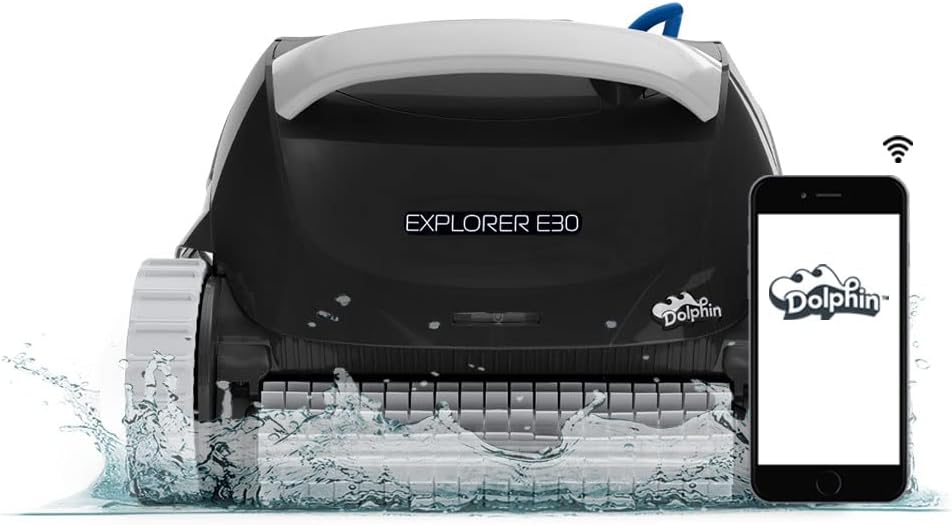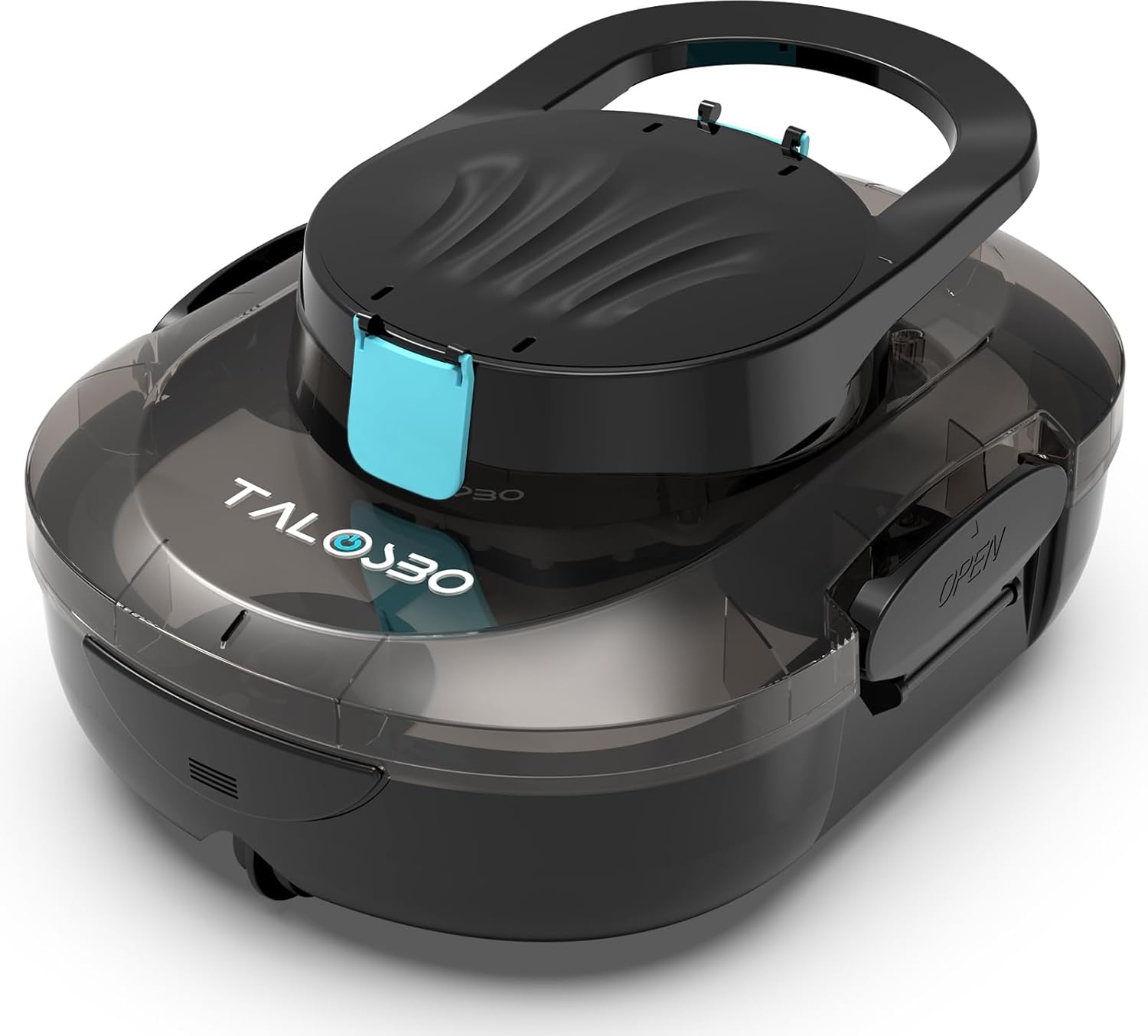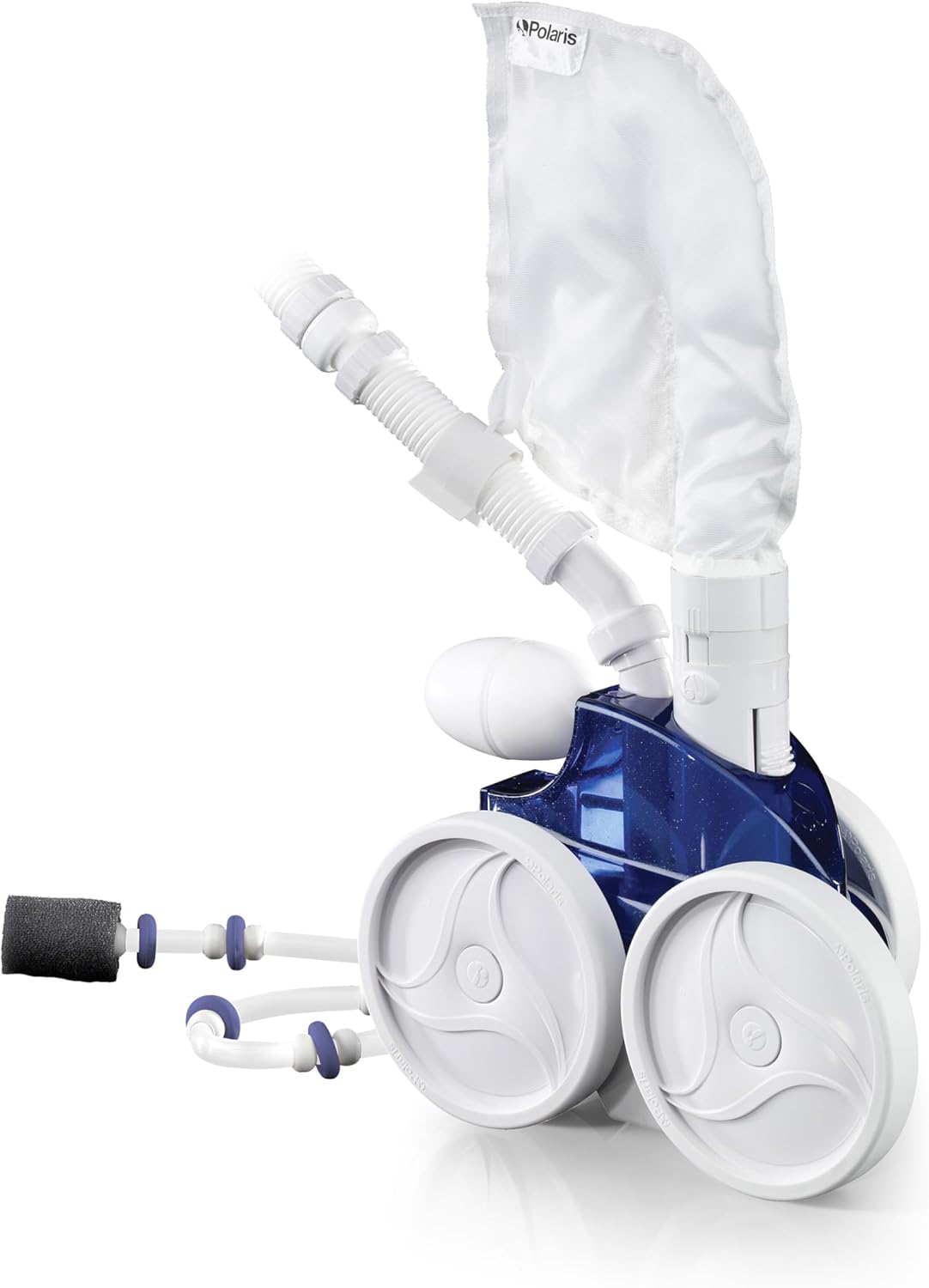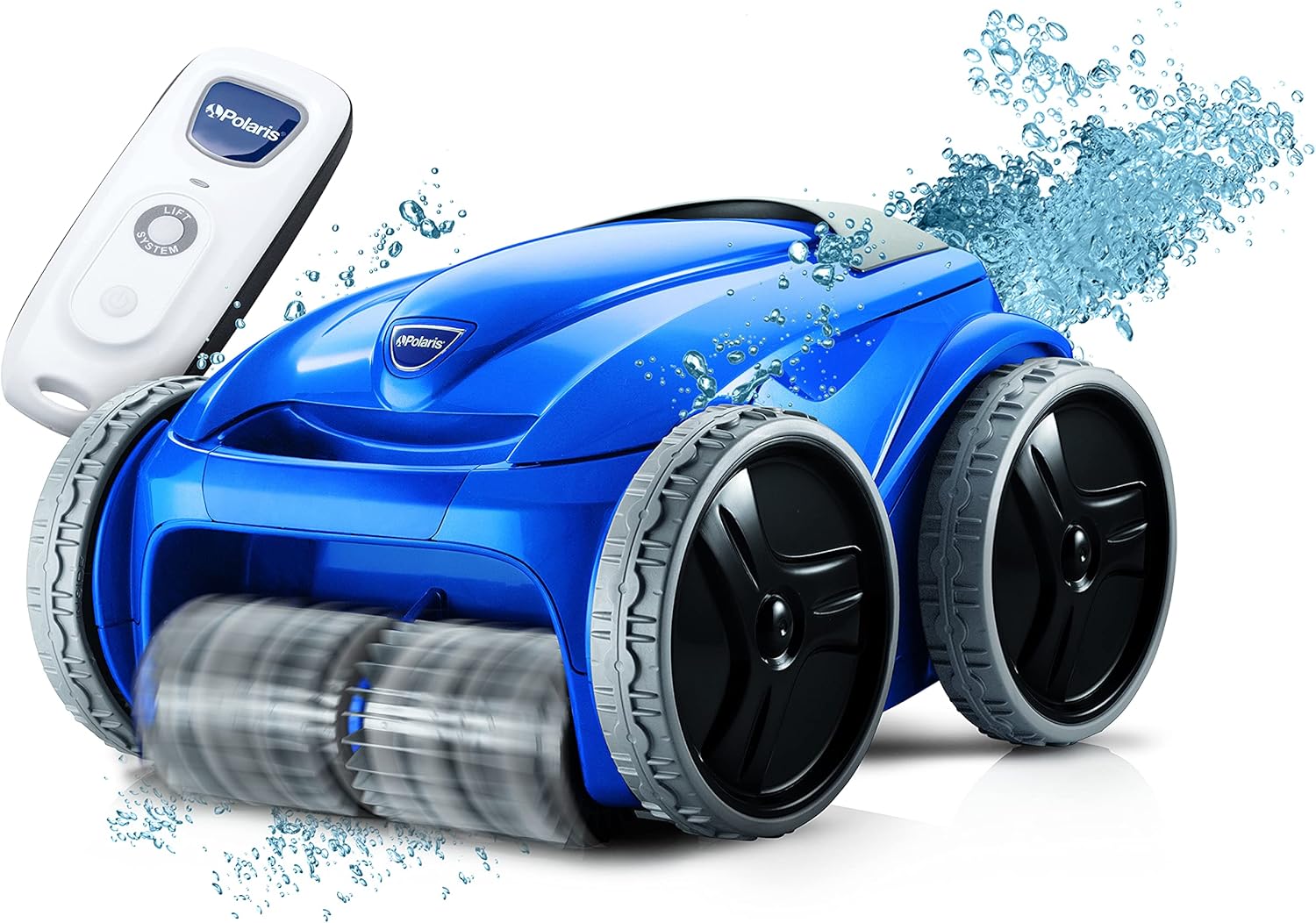Adjusting a Polaris pool cleaner is essential to ensure that it operates efficiently and effectively in keeping your pool clean and debris-free. Whether you have a Polaris 280, 360, or any other model, making proper adjustments will help optimize its performance. In this guide, we will walk you through the steps to adjust your Polaris pool cleaner like a pro.

Credit: m.youtube.com
5 Best Polaris Pool Cleaners For You
1. Check the Hose Length
One of the first things to consider when adjusting your Polaris pool cleaner is the length of the hose. The hose should be long enough to reach all areas of the pool without becoming tangled or twisted. If the hose is too short, the cleaner may not be able to cover the entire pool surface. On the other hand, if the hose is too long, it may get tangled or cause the cleaner to move inefficiently.
2. Adjust the Floats
Floats play a crucial role in determining the position of the Polaris pool cleaner in the water. If the floats are set too high, the cleaner may not submerge enough to clean the pool floor effectively. Conversely, if the floats are too low, the cleaner may get stuck on obstacles or struggle to climb walls. Adjust the floats to achieve the optimal balance for your specific pool shape and size.
3. Ensure Proper Wheel RPM
The wheel RPM (Revolutions Per Minute) of the Polaris pool cleaner should be set correctly to ensure efficient movement and coverage of the pool. If the RPM is too low, the cleaner may move sluggishly and miss spots in the pool. Conversely, if the RPM is too high, the cleaner may move too quickly and not clean thoroughly. Adjust the wheel RPM according to the manufacturer’s recommendations for optimal performance.
4. Check the Filter Bag
Regularly inspect the filter bag of your Polaris pool cleaner to ensure that it is clean and free of debris. A clogged or dirty filter bag can hinder the cleaner’s ability to pick up dirt and debris from the pool water. Clean or replace the filter bag as needed to maintain the cleaner’s efficiency and prevent damage to the internal components.

Credit: www.polarispool.com
5. Adjust the Sweep Hose
The sweep hose of the Polaris pool cleaner helps to dislodge debris from the pool walls and corners for better cleaning. Ensure that the sweep hose is adjusted to the correct length and angle to provide optimal coverage. If the sweep hose is too short or too long, it may not reach all areas of the pool effectively. Adjust the sweep hose as needed to enhance the cleaner’s cleaning performance.
6. Monitor the Backup Valve
The backup valve of the Polaris pool cleaner is responsible for helping the cleaner navigate obstacles and ensure complete pool coverage. Check the backup valve periodically to make sure it is functioning correctly. If the backup valve is not working properly, the cleaner may get stuck or fail to clean certain areas of the pool. Adjust or replace the backup valve as necessary to maintain the cleaner’s efficiency.
7. Adjust the Thrust Jet
The thrust jet of the Polaris pool cleaner controls its movement and direction in the water. If the thrust jet is misaligned or not set at the proper angle, the cleaner may not move efficiently or cover all areas of the pool. Adjust the thrust jet to the correct position to ensure that the cleaner moves smoothly and effectively throughout the pool.
8. Test the Cleaner’s Movement
After making the necessary adjustments to your Polaris pool cleaner, test its movement and performance in the pool. Observe how the cleaner moves, climbs walls, and navigates obstacles to ensure that it is operating correctly. Make any additional adjustments as needed to optimize the cleaner’s cleaning efficiency and coverage.
Conclusion
Adjusting a Polaris pool cleaner is a crucial step in maintaining a clean and healthy pool environment. By following these steps and guidelines, you can ensure that your Polaris pool cleaner operates at its best and keeps your pool sparkling clean. Regular maintenance and adjustments will help prolong the life of your pool cleaner and ensure that it continues to provide top-notch performance for years to come.


